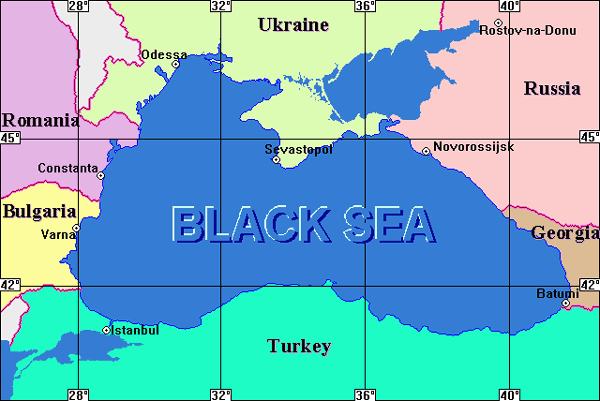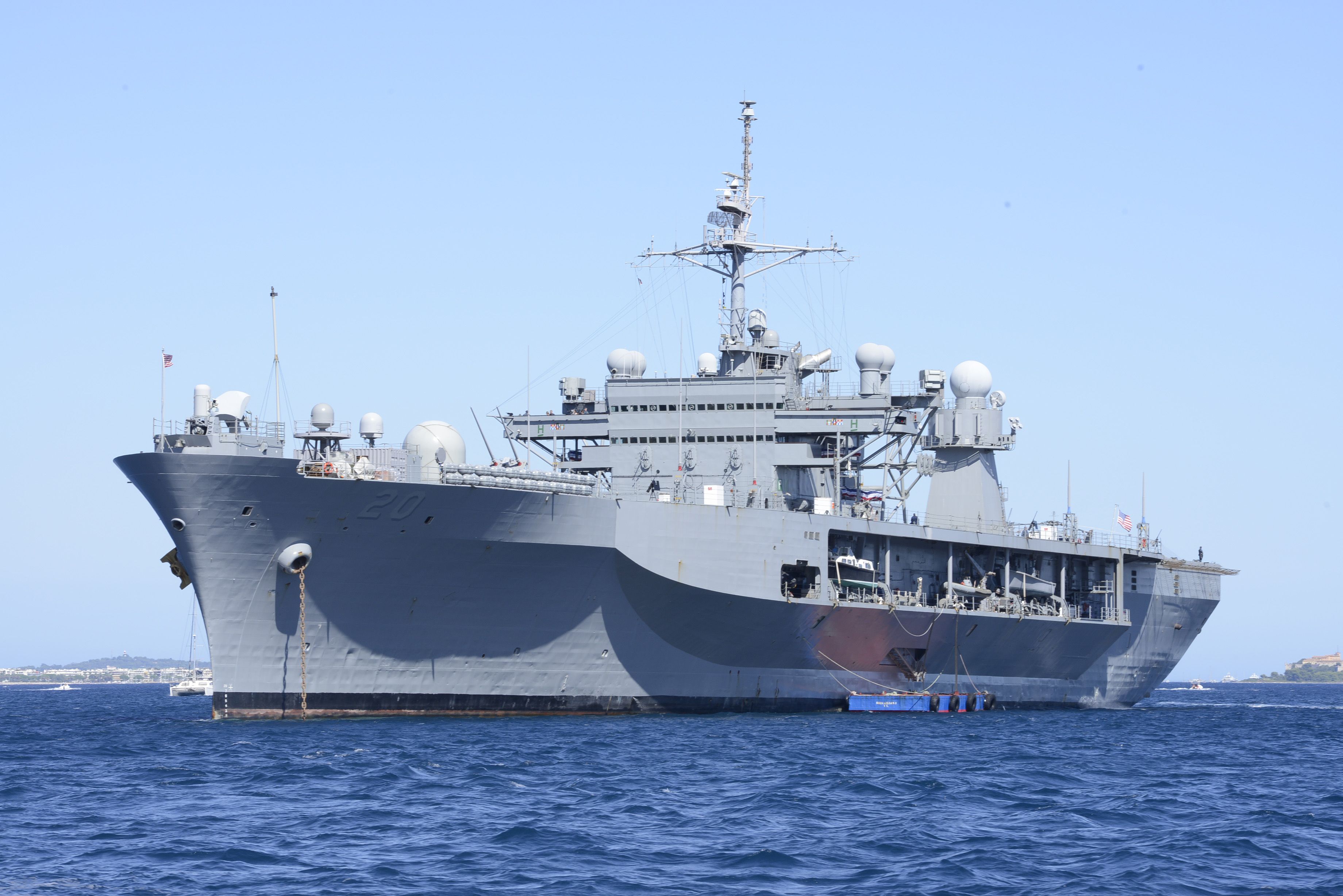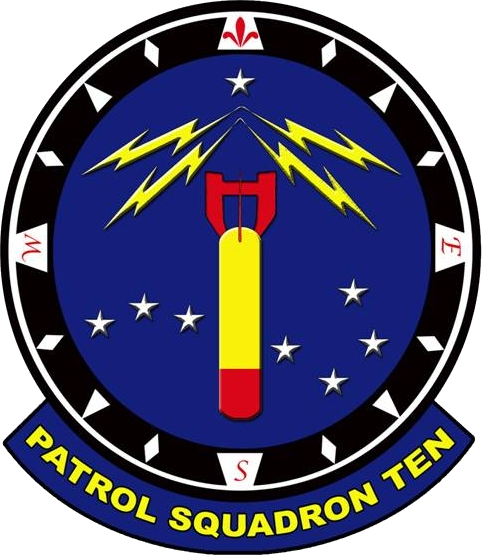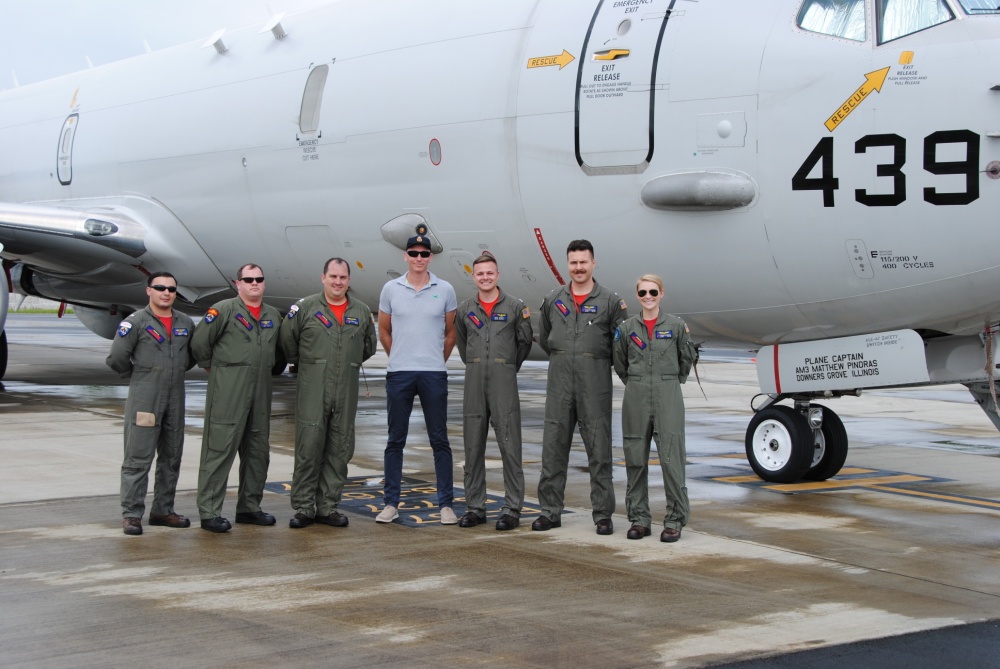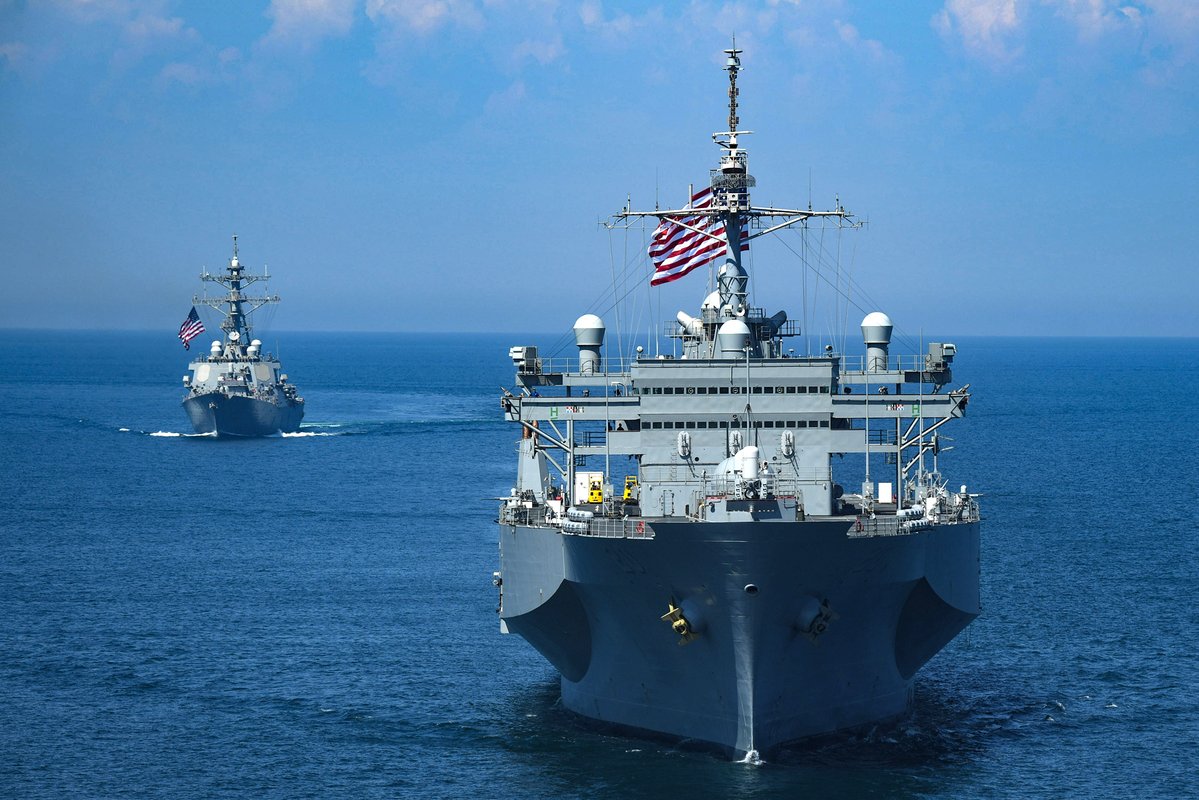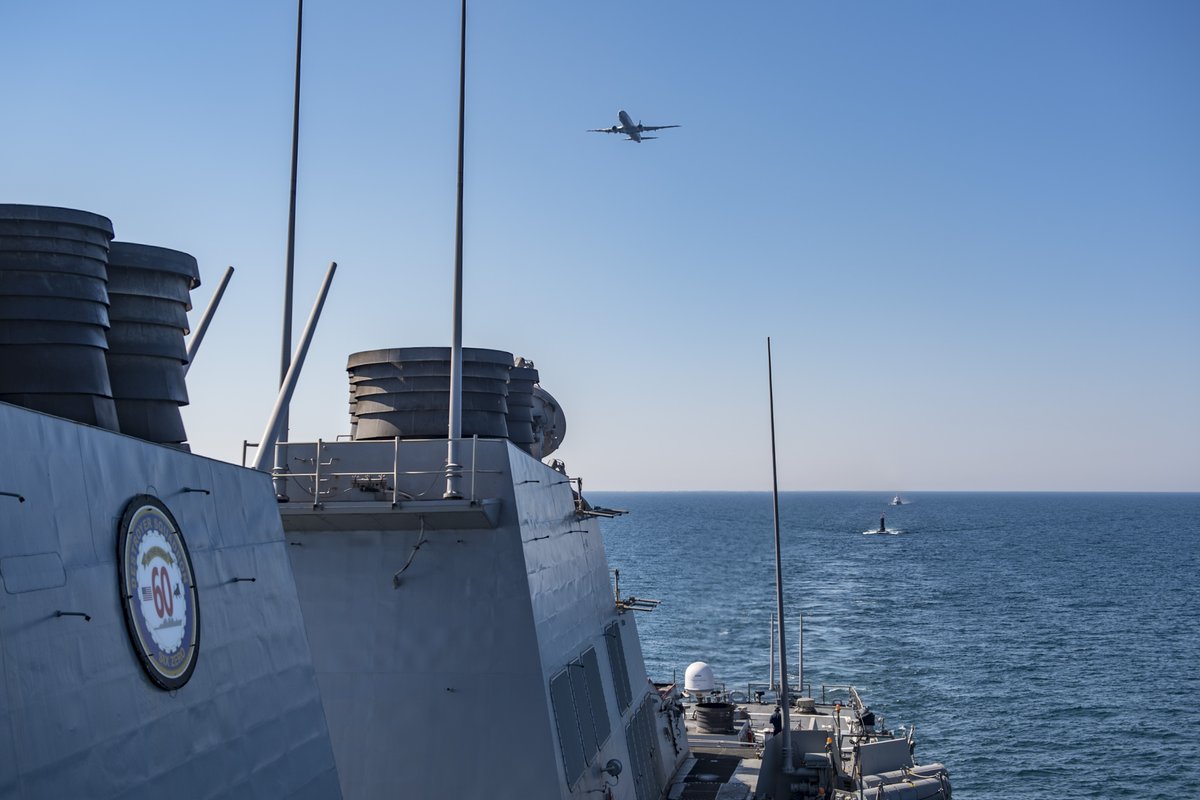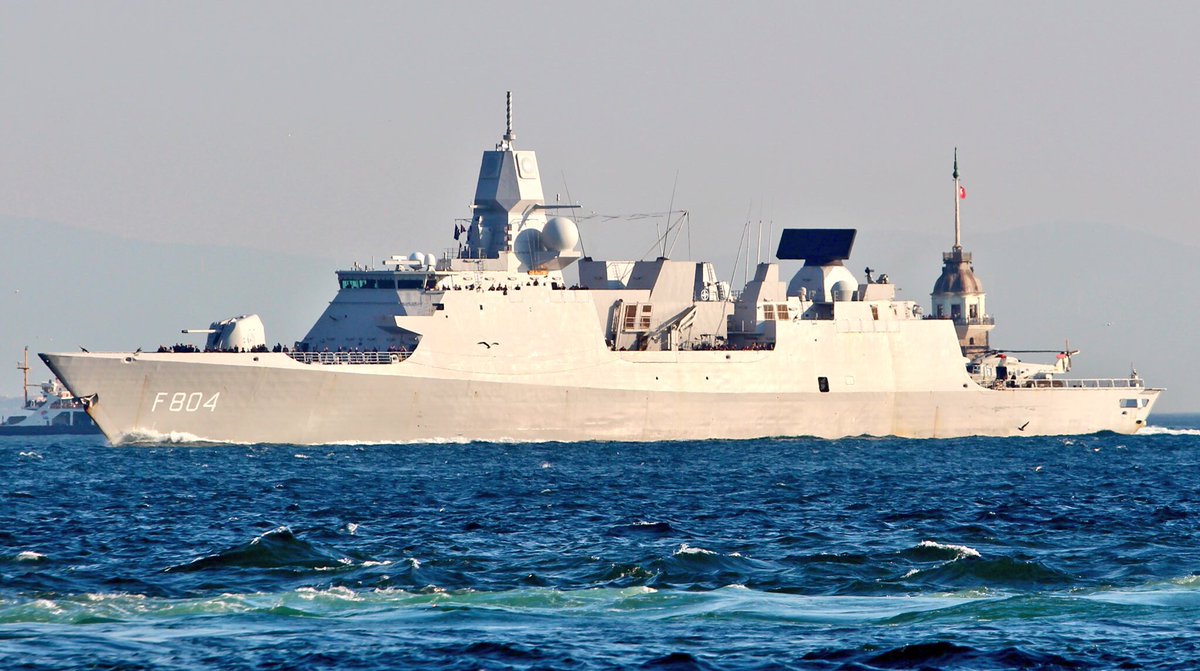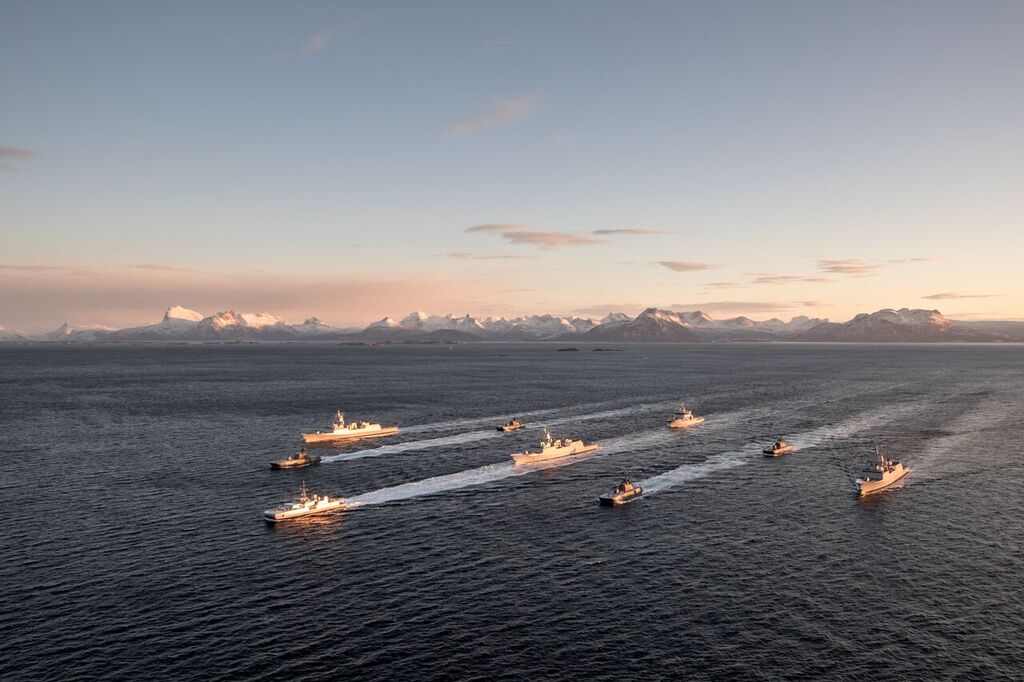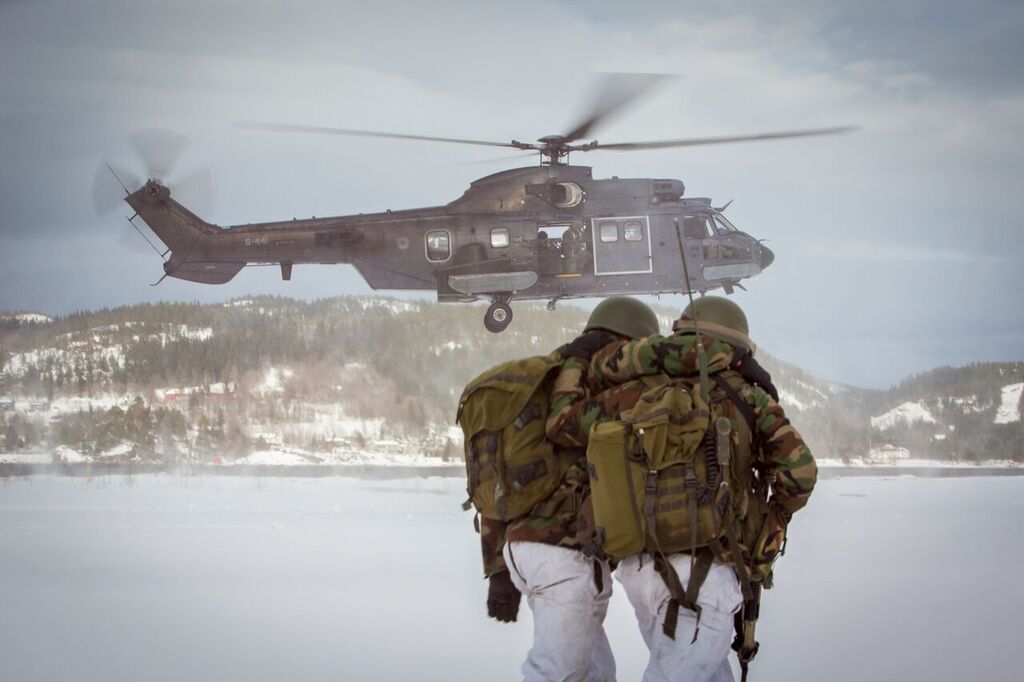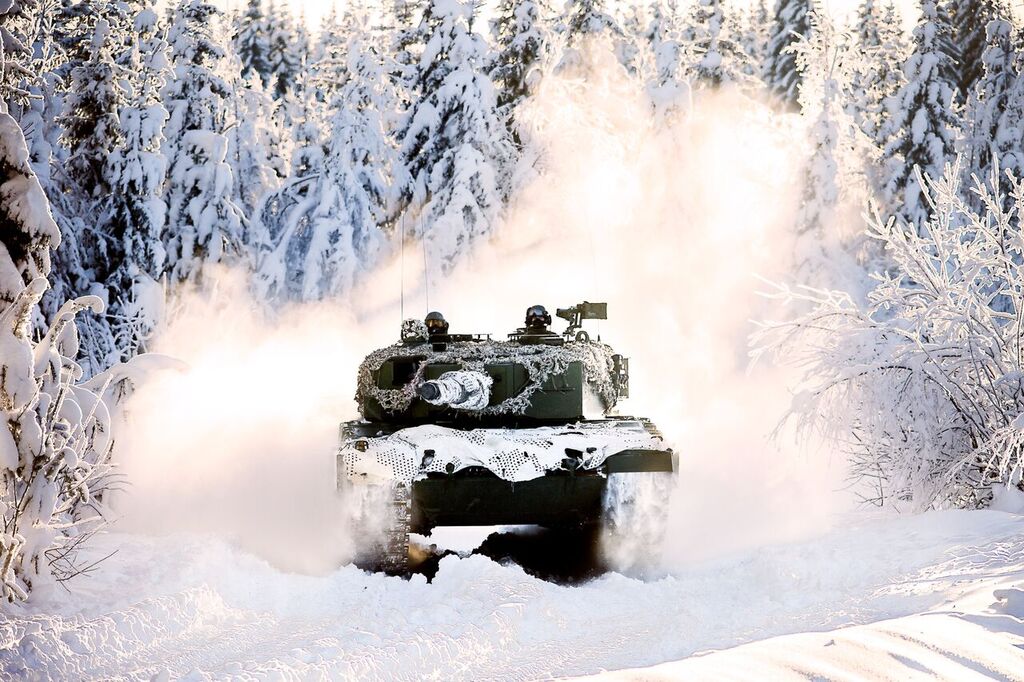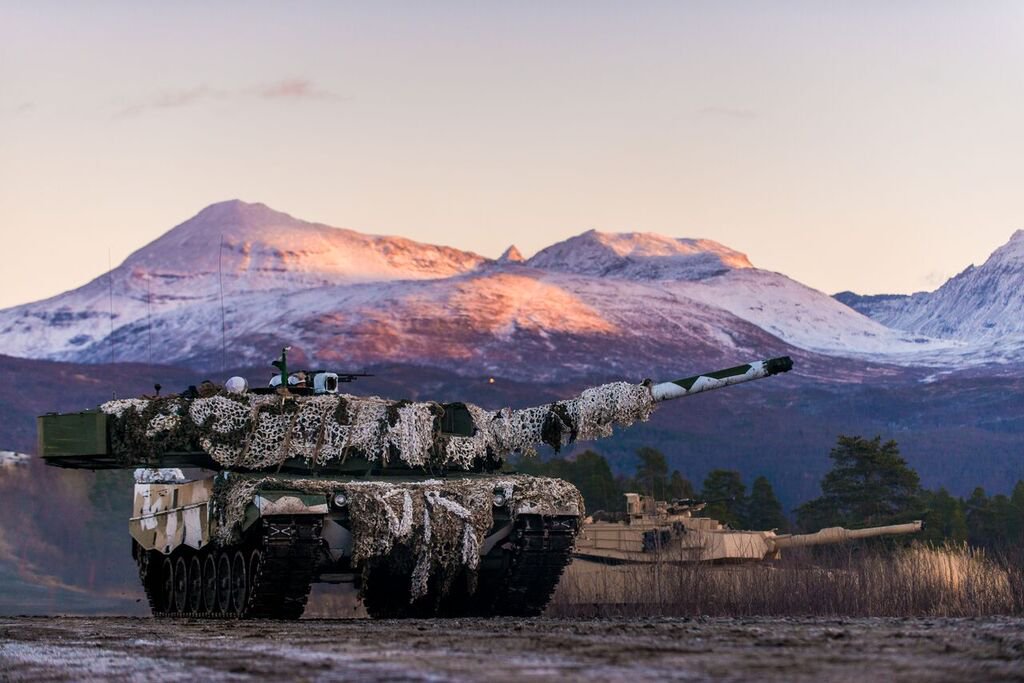تشارك الامارات في التمرين البحري( Sea Breeze 2018 ) والمقام حاليا في البحر الأسود بمشاركة 19 دولة بقيادة الولايات المتحدة الأمريكية ..
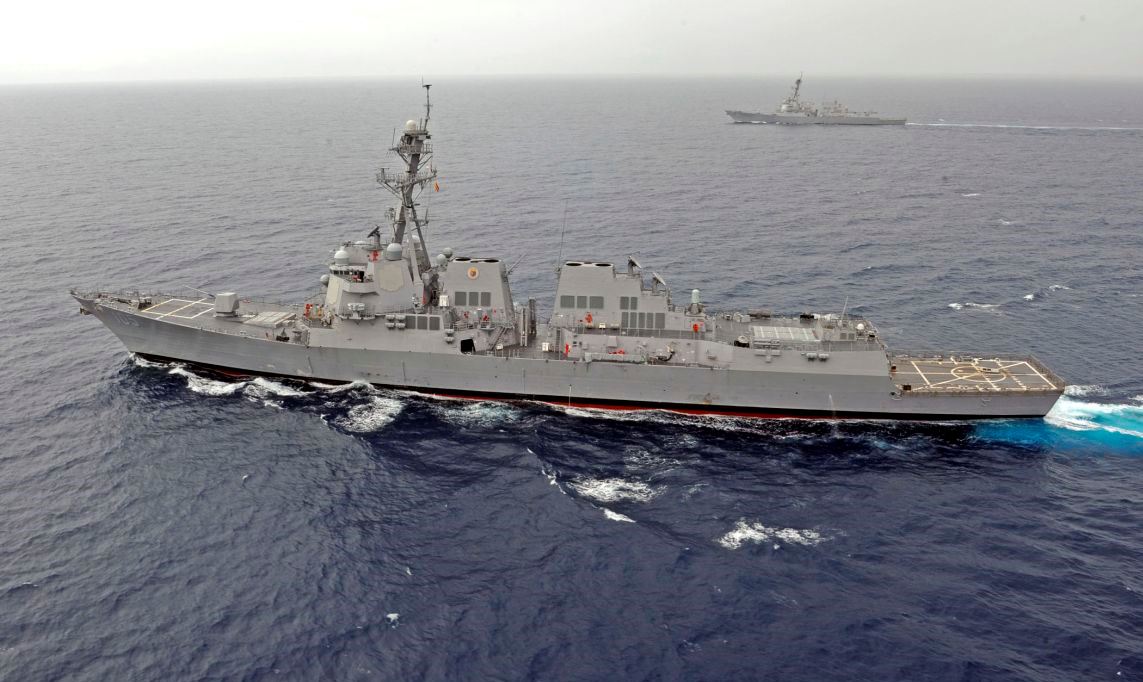
ALEX GORKA | 12.07.2018 | SECURITY / WAR AND CONFLICT
Sea Breeze 2018: Who Wants to Disrupt Strategic Balance in the Black Sea Region?
The US-led series of drills in and around Ukraine’s Black Sea coastline is part of NATO exercise Sea Breeze that kicked off on July 9 to last until July 21. The training event involves an international armada representing 19 countries, including such non-NATO states as Ukraine, India, Georgia, the United Arab Emirates and Moldova. All in all, 29 warships, 1 submarine, and 25 aircraft are involved in the exercise held in Odessa and Mykolayiv and the northwestern Black Sea region.
The Black Sea regional security is actually an issue paid little attention to. It’s not addressed by an international forum. NATO official documents adopt an openly provocative language to challenge Russia.
The North Atlantic Alliance always emphasizes the Black Sea’s role as a critical intersection. The US-led NATO activities have been intensifying since 2014 to turn the region into another hotbed along with the South China Sea and the Baltic. Turkey, Bulgaria, and Romania, three of the six Black Sea countries, are NATO members. Ukraine and Georgia are the bloc’s close partners aspiring for membership. The alliance has a significant military presence in Romania, including a US Aegis Ashore BMD system capable of firing long-range cruise missiles at Russia.
American military presence in Romania and Bulgaria is gradually growing. The US plans to deploy up to 2,500 troops at Novo Selo, Bulgaria. The facility is large enough to accommodate as many as 5,000 servicemen. Heavy tanks deployment is envisaged. The 1997 NATO-Russia Founding Act, where NATO pledged not to deploy “substantial forces” near Russia, seems to be forgotten.
The US Navy’s policy is aimed at ramping up its presence there. The presence of American warships perilously close to Russia’s borders is undoubtedly provocative. For comparison, the Russian Navy does not stage regular maneuvers in the Caribbean Sea with such allies as Cuba, Nicaragua and Venezuela though nothing prevents it from doing so.
The 1936 Montreux Convention (1936) requires non-Black Sea states to rotate their ships every 21 days. Naval vessels with a tonnage exceeding 15,000 tons may pass through the Straits one by one and escorted by not more than two destroyers. Submarines are required to pass through the straits controlled by Turkey navigating on the surface and singly. The total tonnage of warships belonging to a country without a shore on the Black Sea (an aggregate tonnage of all non-Black Sea warships) must be no more than 30,000 tons (or 45,000 tons under special conditions). If a Black Sea state enters into a war with Turkey remaining neutral, the transit of warships belonging to the belligerent countries is banned. In case Turkey is a party to the conflict, the transit of warships belonging to foreign countries through the Straits is left entirely to the discretion of the Turkish Government.
The convention restricts the US naval presence, especially at a time the relations with Turkey leave much to be desired. In 2008, US ships were not allowed by Ankara to steam to Georgia through the Bosporus and the Dardanelles. The dependence on Turkey prompts the US to seek ways to dodge the international agreement.
Bulgarian, Romanian, Ukrainian and Georgian navies have rather limited capabilities. The idea to reflag some NATO naval assets under the Black Sea member states’ flags to boost permanent naval capabilities in the theater has been floated. That’s one of the ways to ensure disguised permanent US naval presence in the region. In practice, it would mean bringing together NATO and non-NATO ships under one operational control. No doubt, it’ll be seen as a provocation by Russia.
Another way to get around the Monteux Convention is to sign a port concession agreement with a Black Sea country. This will trigger legal procedures based in the law of the sea to give the US a chance to have some clauses reviewed regarding its naval operations. The US has held tentative talks with Bulgaria on Burgas concession. American Conti International has discussed with Georgian TBC Bank the possibility of joint venture to make Poti and Anaklia deep sea ports able to receive large tankers. The Georgian government offers to use Poti as a NATO naval base.
The US military eyes the Ukrainian Odessa, Ilyichevsk, Chernomorsk and Yuzhny seaports. The American Navy already uses the Ochakov facility in Ukraine. With the construction work over, US ships will be able to anchor there. Valentin Badrak, the head of Ukraine’s CACDS (the Center for Army, Conversion and Disarmament Studies) research organization believes that closer cooperation or “supermanship” is the way for Ukraine to actually become part of NATO. He told Ukrainian Apostrophe website that Ukraine should have US Patriot air defense systems, and missile defense site and “NATO units” deployed on its soil. In this case, the country will be even more “protected” than the Baltic States.
There is a strong desire of the US to have large permanent military presence in the Black Sea. There are also littoral states happy to make this idea come to fruition. Will they find a way to get around the hurdle (the Montreux Convention)? They say if there is a will, there is a way. The Sea Breeze-2018 is a demonstration of strong will. It also demonstrates that the region remains a dangerous flashpoint with tensions running high. The problem seldom hits headlines but it does not make it less pressing. Hopefully, the Trump-Putin summit on July16 will provide an impetus to start discussions between the West and Russia on the ways to ease the tensions and curb military activities in the region.
https://www.strategic-culture.org/n...pt-strategic-balance-in-black-sea-region.html

ALEX GORKA | 12.07.2018 | SECURITY / WAR AND CONFLICT
Sea Breeze 2018: Who Wants to Disrupt Strategic Balance in the Black Sea Region?
The US-led series of drills in and around Ukraine’s Black Sea coastline is part of NATO exercise Sea Breeze that kicked off on July 9 to last until July 21. The training event involves an international armada representing 19 countries, including such non-NATO states as Ukraine, India, Georgia, the United Arab Emirates and Moldova. All in all, 29 warships, 1 submarine, and 25 aircraft are involved in the exercise held in Odessa and Mykolayiv and the northwestern Black Sea region.
The Black Sea regional security is actually an issue paid little attention to. It’s not addressed by an international forum. NATO official documents adopt an openly provocative language to challenge Russia.
The North Atlantic Alliance always emphasizes the Black Sea’s role as a critical intersection. The US-led NATO activities have been intensifying since 2014 to turn the region into another hotbed along with the South China Sea and the Baltic. Turkey, Bulgaria, and Romania, three of the six Black Sea countries, are NATO members. Ukraine and Georgia are the bloc’s close partners aspiring for membership. The alliance has a significant military presence in Romania, including a US Aegis Ashore BMD system capable of firing long-range cruise missiles at Russia.
American military presence in Romania and Bulgaria is gradually growing. The US plans to deploy up to 2,500 troops at Novo Selo, Bulgaria. The facility is large enough to accommodate as many as 5,000 servicemen. Heavy tanks deployment is envisaged. The 1997 NATO-Russia Founding Act, where NATO pledged not to deploy “substantial forces” near Russia, seems to be forgotten.
The US Navy’s policy is aimed at ramping up its presence there. The presence of American warships perilously close to Russia’s borders is undoubtedly provocative. For comparison, the Russian Navy does not stage regular maneuvers in the Caribbean Sea with such allies as Cuba, Nicaragua and Venezuela though nothing prevents it from doing so.
The 1936 Montreux Convention (1936) requires non-Black Sea states to rotate their ships every 21 days. Naval vessels with a tonnage exceeding 15,000 tons may pass through the Straits one by one and escorted by not more than two destroyers. Submarines are required to pass through the straits controlled by Turkey navigating on the surface and singly. The total tonnage of warships belonging to a country without a shore on the Black Sea (an aggregate tonnage of all non-Black Sea warships) must be no more than 30,000 tons (or 45,000 tons under special conditions). If a Black Sea state enters into a war with Turkey remaining neutral, the transit of warships belonging to the belligerent countries is banned. In case Turkey is a party to the conflict, the transit of warships belonging to foreign countries through the Straits is left entirely to the discretion of the Turkish Government.
The convention restricts the US naval presence, especially at a time the relations with Turkey leave much to be desired. In 2008, US ships were not allowed by Ankara to steam to Georgia through the Bosporus and the Dardanelles. The dependence on Turkey prompts the US to seek ways to dodge the international agreement.
Bulgarian, Romanian, Ukrainian and Georgian navies have rather limited capabilities. The idea to reflag some NATO naval assets under the Black Sea member states’ flags to boost permanent naval capabilities in the theater has been floated. That’s one of the ways to ensure disguised permanent US naval presence in the region. In practice, it would mean bringing together NATO and non-NATO ships under one operational control. No doubt, it’ll be seen as a provocation by Russia.
Another way to get around the Monteux Convention is to sign a port concession agreement with a Black Sea country. This will trigger legal procedures based in the law of the sea to give the US a chance to have some clauses reviewed regarding its naval operations. The US has held tentative talks with Bulgaria on Burgas concession. American Conti International has discussed with Georgian TBC Bank the possibility of joint venture to make Poti and Anaklia deep sea ports able to receive large tankers. The Georgian government offers to use Poti as a NATO naval base.
The US military eyes the Ukrainian Odessa, Ilyichevsk, Chernomorsk and Yuzhny seaports. The American Navy already uses the Ochakov facility in Ukraine. With the construction work over, US ships will be able to anchor there. Valentin Badrak, the head of Ukraine’s CACDS (the Center for Army, Conversion and Disarmament Studies) research organization believes that closer cooperation or “supermanship” is the way for Ukraine to actually become part of NATO. He told Ukrainian Apostrophe website that Ukraine should have US Patriot air defense systems, and missile defense site and “NATO units” deployed on its soil. In this case, the country will be even more “protected” than the Baltic States.
There is a strong desire of the US to have large permanent military presence in the Black Sea. There are also littoral states happy to make this idea come to fruition. Will they find a way to get around the hurdle (the Montreux Convention)? They say if there is a will, there is a way. The Sea Breeze-2018 is a demonstration of strong will. It also demonstrates that the region remains a dangerous flashpoint with tensions running high. The problem seldom hits headlines but it does not make it less pressing. Hopefully, the Trump-Putin summit on July16 will provide an impetus to start discussions between the West and Russia on the ways to ease the tensions and curb military activities in the region.
https://www.strategic-culture.org/n...pt-strategic-balance-in-black-sea-region.html

